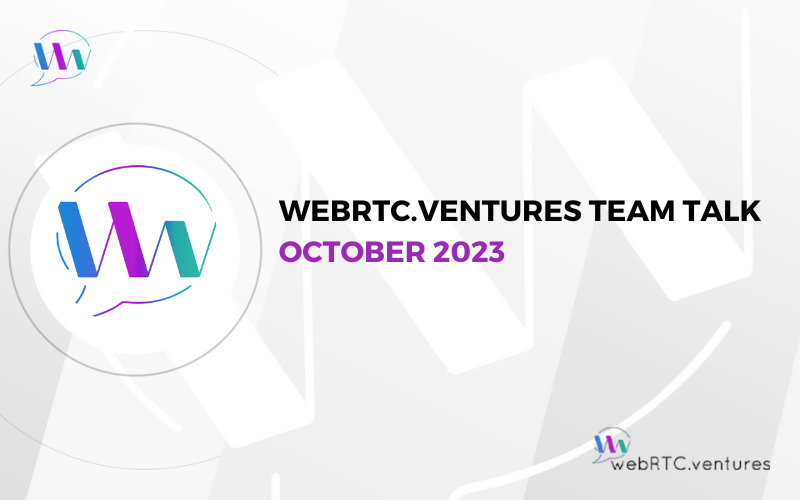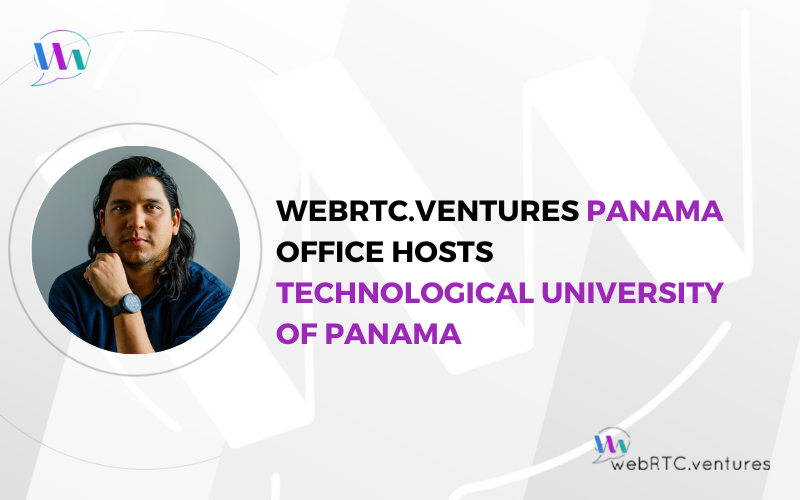
Introducing Team Talk! Our dynamic team of developers, designers, testers, DevOps experts, and project leads is continually engaged in exciting projects. Each month, we will ask them to share some of the work they feel has been most impactful. We’ve included a short list here – at

Are you having poor video quality issues in your live video application? User interface complaints? Calls dropping? Ready to scale but concerned about latency? Maybe you’ve already built a prototype and you’re trying to select the best architecture to base your long-term solution upon? Or, you are

Effective project management and streamlined development processes are crucial for companies experiencing growth, especially when it comes to expanding technical teams. As organizations scale and the demand for innovative solutions intensifies, it is essential to ensure clear priorities and refined requirements to keep teams happy and productive

WebRTC.ventures Panama welcomed faculty and students from the Technological University of Panama Computer Systems Engineering to further cultivate the budding relationship between our live video software development agency and the second largest University in Panama.






